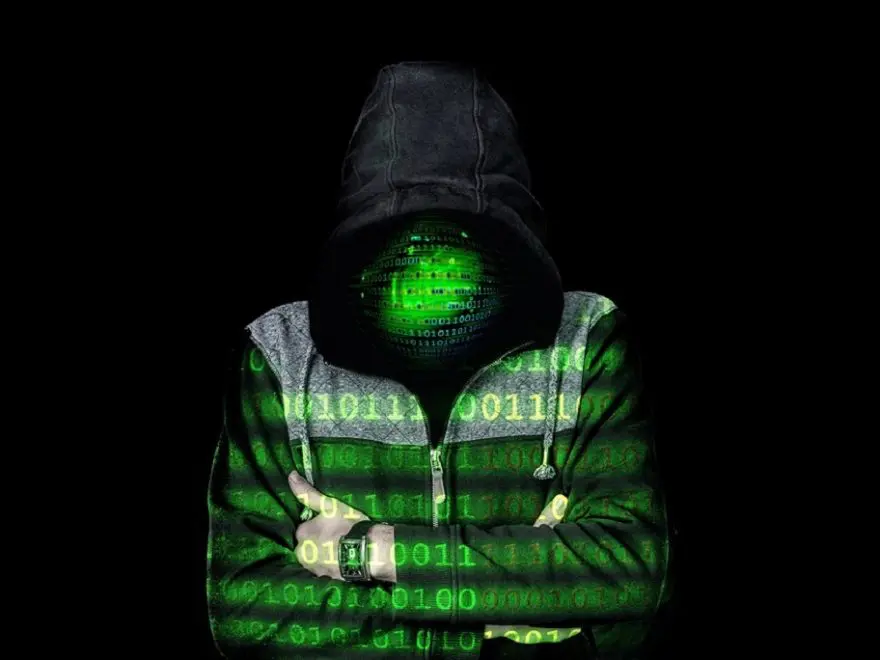With the rise of social media trends, cyber-bullying is becoming a bigger issue then most people realize. Cyberbullying is form of bulling that uses technology to repeatedly harm or harass other people in a deliberate and malicious manner. Cyber-bullying or Cyber Harassment nowadays occurs more frequently among the Internet users around the world, especially among teenage users. Bullying and harassing can be more damaging when online. If you are bullied or harassed in public there is often a limited audience but online there is a potential for a larger audience and when made on a public forum on the internet the damage can be much more severe to the victim. With the expanding use of cyber technologies, cyber-bullying could be perpetrated through various forms or methods, involving harassment, cyber-stalking, denigration, impersonation and exclusion. Moreover, In terms of the relationship between a bully and a victim, they may know each other directly, or have mutual friends or are complete strangers. The intention of cyber-bullying usually includes threatening a victim’s earnings and employment, damaging his/her social reputation and affecting his/her online participation. In some extreme cases, cyber-bullying could directly or indirectly bring a threat to a victim’s life.
If you’re experiencing cyber-bullying, you’re not alone. Unfortunately it’s really common, with up to one in five young Australians having reported being cyber-bullied.
Online Cyber-bullying can include:
- sending insulting or threatening messages
- posting unkind messages or inappropriate images on social networking sites
- excluding others from online chats or other communication
- inappropriate image tagging
- sharing someone’s personal or embarrassing information online
- creating hate sites or starting social exclusion campaigns on social networking sites
- sharing unflattering or private images, including naked or sexual images
- assuming the identity of the another person online and representing them in a negative manner or manner that may damage their relationship with others
- repeatedly, and for no strategic reason, attacking players in online gaming.
What to do when encountering Cyberbullying?
- Ignore the messages, the bully is looking for a reply, don’t give them a reason to continue.
- Do not retaliate or attempt to bully back.
- Block the person doing the bullying
- Do not forward pictures or abusive messages
- Remind your kids to reach out for help, do not be scared to tell you, a teacher, a counsellor or a trusted adult about their concerns. Never try and deal with it alone. Cyber Bullying can get out of hand very quickly, it is important to act immediately.
- You can report serious cyber-bullying or stalking behaviour to the ACORN (Australian Cyber-crime Online Reporting Network) if the conduct is intended to make you (or the victim you are reporting on behalf of) feel fearful, uncomfortable, offended or harassed. If you are being physically stalked or are concerned for your safety, you should report to your local police immediately.
- If the cyber-bullying occurs via a social media site you can also report directly to the relevant provider. Social media providers like Facebook, Twitter, YouTube and Instagram have reporting procedures in place. Remember to set up the privacy options on your social networking sites like Facebook in a way you are comfortable with.
- You can report Cyber-bullying through the office of the eSafety Commissioner. – https://www.esafety.gov.au/complaints-and-reporting/cyberbullying-complaints/i-want-to-report-cyberbullying. They require you to report to your social media service first and also collect evidence before filing a report.
- Take some time out and do something for yourself or do something that makes you happy.
Check out my other helpful articles around cyber safety
- Cyber Safety – Protecting your Kids Online
- Cyber Safety Tips for Parents
- Fight back! – How to report Cyber-Crime in Australia

